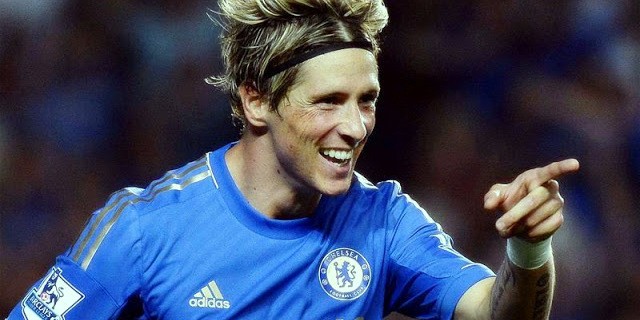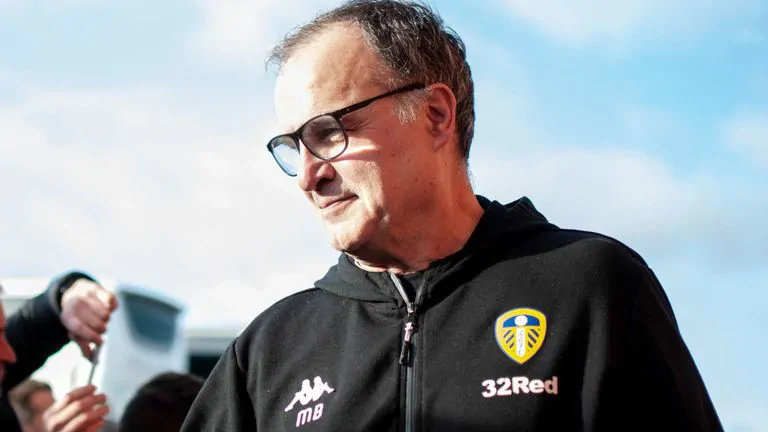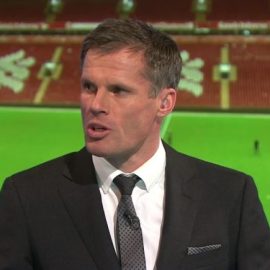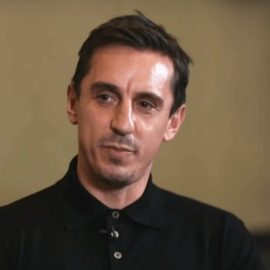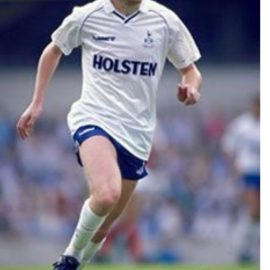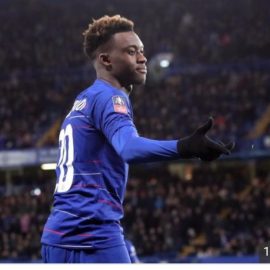Ever since Fernando Torres’ acrimonious departure from Liverpool to Chelsea in 2011 January transfer window, the Spaniard has seen off five different managers at Chelsea, with everyone of them vowed and failed directly or indirectly at some point of time to bring the best out of him.
With only 34 goals from 131 matches for Chelsea, comparing to 81 in 142 matches for Liverpool, it doesn’t need rocket science to understand that he remains the prime headache for Chelsea managers. Simply coz, the club has paid £50 million for him and the owner believes there has to be a mechanism to fix his problem.
It just cannot happen that once the best striker in entire Europe has become a shadow of his past now all of a sudden – the downfall is hard to take even for the angry and betrayed Liverpool fans.
Chelsea were in the market for a top striker and could land Manchester United’s unsettled forward Wayne Rooney before the window closes, which can cast further doubts on Torres’ Chelsea career, but manager Jose Mourinho has insisted that he is happy with the squad he possesses and has vowed to make El Nino one of the best in the Europe, once again.
Many feel that the problem lies with the system used by managers at Stamford Bridge. They have failed to play according to his strengths of the striker rather wanted Torres to play according to Chelsea’s strengths. Torres is not a complete striker in the truest sense – his game is mainly centered around pace and excellent positioning. And by harnessing those two prime attributes, he became a fear-factor and nemesis for all the top defenders of England (ask Nemanja Vidic) and Europe.
Torres enjoyed the best form of his life during his stay at Liverpool, where he excelled as a lone striker in the typical Rafael Benitez’ 4-2-3-1 system. He formed a terrific partnership with club skipper Steven Gerrard, who was also going through a transformation in his career (tactically) as Rafa played him in the hole, behind the Spaniard. It worked like a charm, as the duo became an envy of Europe.
It was pretty simple actually. Liverpool got the best out of Torres by utilizing his prime weapon – pace. The Reds used to play at a high tempo, especially at home, with an aim to release the ball quickly to Torres through measured through passes. The frightening pace of Torres, coupled with his terrific positioning could pick up those cavalier passes with ease and the rest was ABCD for him.
Torres’ goals against Manchester United in Liverpool’s 4-1 victory at Old Trafford in 2008/09 and against the same opposition at Anfield the following season are some of the examples that come on top of the mind.
At Chelsea, he was still the central focal point of attack, but managers changed, system changed, style changed on a frequent basis – the Spaniard was forced to adapt to the changing styles, naturally performance hampered.
“We want the team not to learn how to play with him, but to improve how to play with him,” said the Portuguese.
‘We won’t re-model his game, it is impossible to re-model his game. But we want to adapt the team and teach the team how to use his best qualities, because his game is his game.”
Jose Mourinho favours the 4-2-3-1 formation very much. So much so, that he used this system only through the league campaign last season at Real Madrid. And in all probability he will use the same formation here, which would bring to Torres a more familiar system.
However, by mere changing the system, or asking a creative midfielder like Juan Mata to replicate Gerrard’s role (in terms of position) – can be bring back Torres to his old best?
One of the acute problems faced by the pace-oriented strikers in their careers is it is often blighted with injuries. The burning example is another Liverpool striker – Michael Owen. Torres, during his time at Anfield has suffered several minor injuries that kept him out from the game for quite a bit of time. The twitchy hamstrings have played some part in damaging his pace surely.
It is impossible for a striker of his type to maintain that same level of fitness and blistering pace through their career, especially after undergoing several operations. At 29, his pace has gone down considerably compared to what it was six-to-seven years ago, that pace, which was his only main weapon.
It is worth trying of course to bring him into the system where he naturally excelled in his career, but doubts remain with his physical stamina and attributes.
And looking at Jose Mourinho’s history with forwards, it is tough to see how Mourinho would employ a tactic that would allow Torres to run onto the ball more often than having it played to his feet. In other words, expecting Jose to switch his model of back to the goal forwards is a bit too much to ask, especially for a player, who is in the twilight of his career.
Add Sportslens to your Google News Feed!
